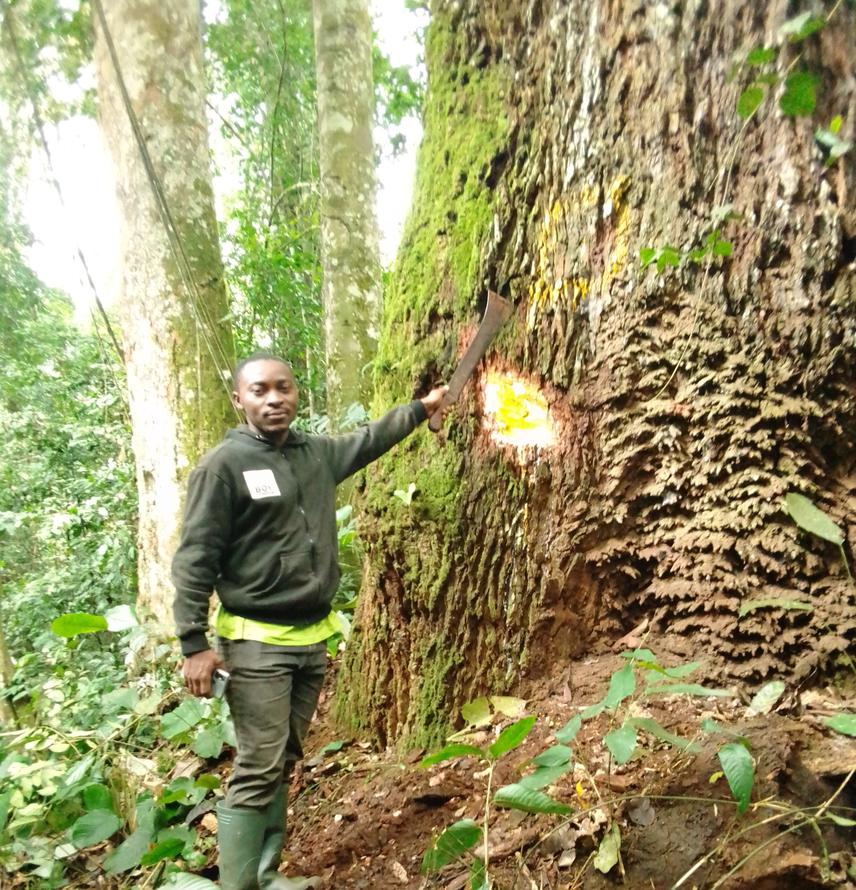Cédric Chimi Djomo
Other projects
9 Apr 2021
Improvement of Ecological Knowledge of Threatened Species and Behavioral Change Concerning their Conservation in Cameroon's Doumaintang Communal Forest
A Communal Forest (CF) is a framework for effective participatory forest management where sustained natural resources must be combined locally to enhance riparian's well-being (Cameroon Forest Law, 1994; Zekeng 2020). Nevertheless, although these CFs are the habitat of many species, including some endangered and endemics, conservation and sustainable management practices are very poor. Indeed, logging reduces the exploited species' population density within the CF. Hence, it is recommended to proceed with reforestation activities in terms of good conservation and sustainable management practices. However, unfortunately, this is not the case in most Communal forests, including the Doumaintang Communal forest (DCF). This is because, very often, the staff of the CF units is not qualified, and sometimes they lack skills and competencies in reforestation programs. Hence, the need to strengthen their capacity and equip them with skills to design and implement reforestation activities.

Forest species and their habitat are threatened by anthropogenic pressure, poor harvesting techniques, illegal logging, and the conversion of natural forests into agricultural land leading to the destruction of habitats and species extinction. This high population pressure on the resource is due to the ecosystem services that the species provide. Indeed, during our previous project within the DCF (Chimi 2022), we found that Baillonella toxispema and Autranella congolensis were two species highly solicited by local populations for the ecosystem services provided. Their seeds are used to produce high-quality oil, bark are used in traditional medicine; timber is a highly solicited raw material for house construction and artisanal craftsmen activities (Chimi et al. Unpublished). Due to the unsustainable management of these species confirmed by our findings (>1 stem.ha-1 in DCF), appropriate measures that can help to increase long term population size are required as recommended by several governmental strategies related to forest conservation and sustainability management.
In this context, this project will seek to support the DCF manager to increase the use of sustainable practices and restore the degraded habitat of Autranella congolensis and Baillonella toxisperma. It will target local managers, forest-peasants comity, riparian populations of DCF, and volunteers. We will work with these stakeholders to enhance their capacity to design and implement a reforestation program. The requested funds will be used to develop community-focused skills and competencies and increase the population size of plant species throughout their extent of occurrence and area of occupancy in the DCF.